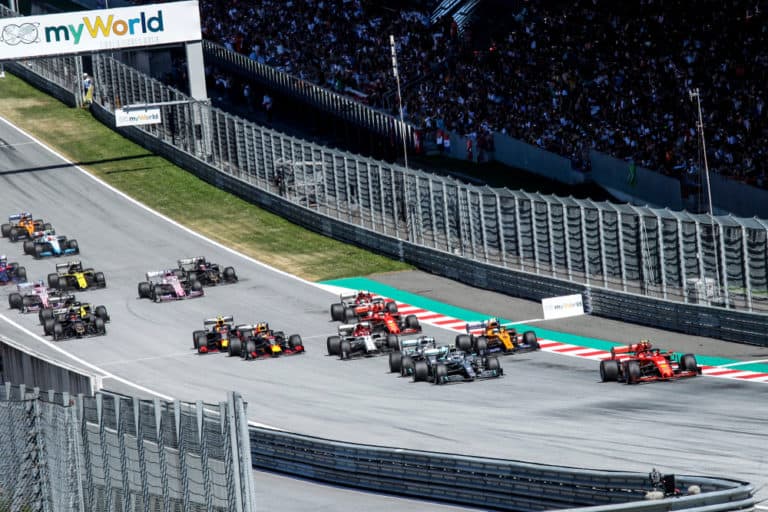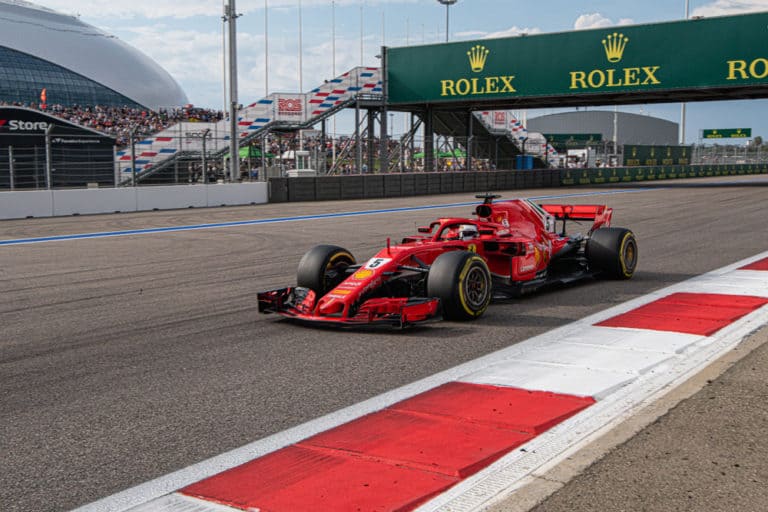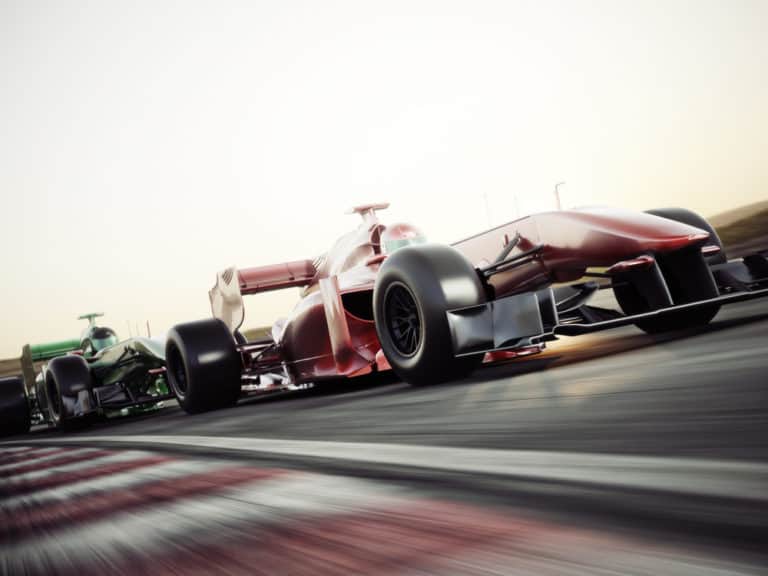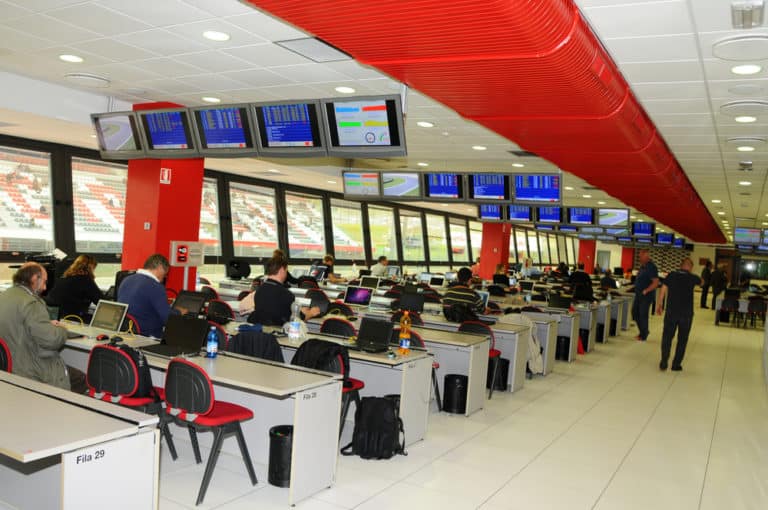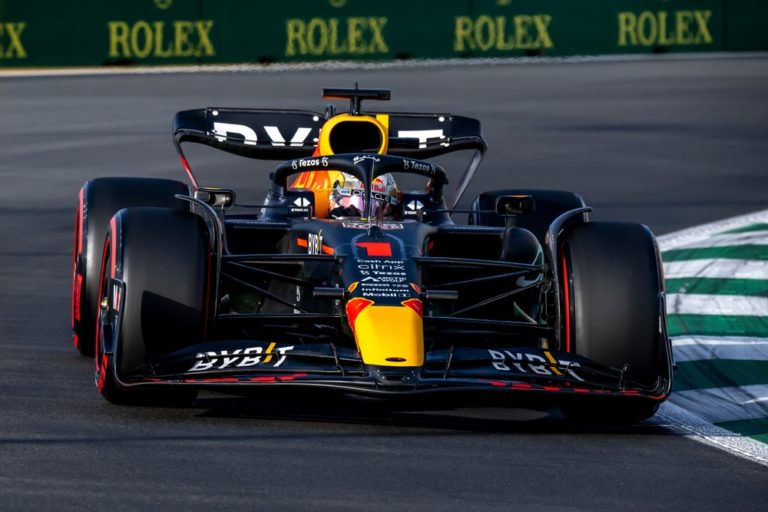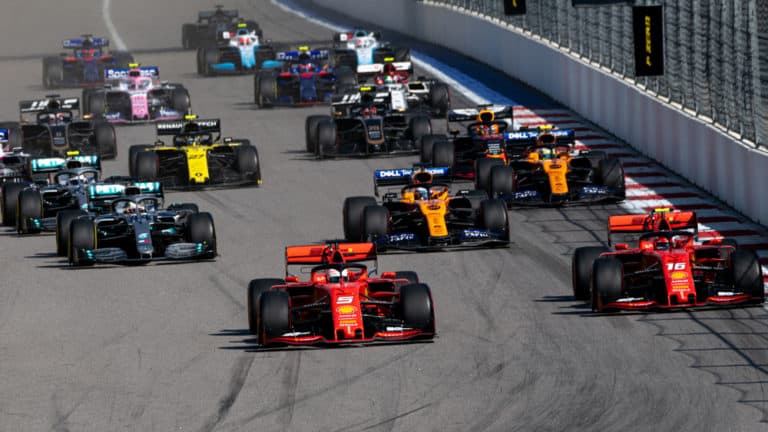Editorial credit: JoLin / Shutterstock.com
For the 2014 season, Formula 1 made a dramatic engine change, moving from noisy 2.4-liter naturally aspirated V8 engines to 1.6-liter V6 turbo hybrid engines, which generated a lot of controversies, among other things, due to the sound they produced, or lack thereof. That said, will Formula 1 go back to V8?
It is very unlikely that F1 will return to V10 or V8 engines, as the category seeks to be more sustainable and eco-friendlier. F1 wants to leave behind the image of excess and waste that characterized it during the 20th century, replacing it with a more responsible image committed to the future.
Many fans long for those noisy, fuel-guzzling engines, but Formula 1 is not looking to the past but to the future, seeking to be a benchmark for efficiency and sustainability. Today we will explain the Formula 1 engine changes, where they come from, and where they are going.
Why Did F1 Switch To V6 Engines?
Until the 2013 season, Formula 1 used 2.4-liter naturally aspirated V8 engines, which produced the loud, high-pitched roar that characterized F1 cars. However, the 2014 season saw a dramatic change, with the category switching to 1.6-liter turbo hybrid V6 engines.
This generated a lot of controversy among fans, teams, and drivers, because the new engines did not produce as much sound as the old ones, comparing their sound to vacuum cleaners, and further argued that their reduced size meant they were not as powerful as the V8s, with the 2014 cars being slower per lap than the 2013s. Why the change to V6 engines, then?
This significant change in regulations was influenced by the boom that the automotive industry is experiencing, with all major brands betting on electric and hybrid engines. Formula 1 has always been characterized as the category of evolution, where teams bet on technology and the future in their cars and then add it to the road cars.
The old V8 engines consumed a lot of fuel and produced many more emissions, so the 2014 regulation changes were intended to reduce the carbon footprint of the cars. Thus, Formula 1 sought to be in line with the new times and offer a new image of sustainability, eco-friendly, and efficiency, and innovations can be implemented in road cars.
Will Formula 1 Go Back To V8?
In the short term, it is highly unlikely that Formula 1 will return to V12, V10, or V8 engines unless they are made renewable, with eco-friendly fuel, and their carbon emissions are massively reduced.
As hybrid technology is being implemented in road cars, is Formula 1 going to continue with naturally aspirated engines that consume a lot?
It would not make sense to go against the tide since the brands want to offer an image of sustainability and efficiency for the future. Many constructors would have left the category due to the idea of waste and excess they would provide by continuing to use v8 engines. This would have been the death of F1, which aims to attract more constructors.
Therefore, V6 turbo hybrid engines are here to stay. The improvements and innovations tested and implemented in Formula 1 will serve the brands to use them in their road cars in search of a clean future.
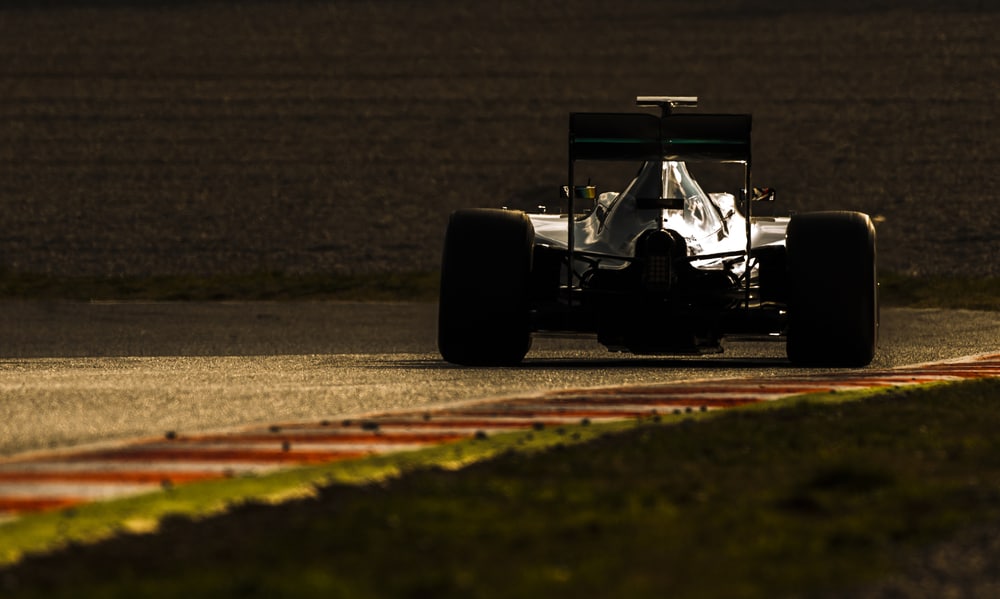
The Evolution Of Engines In Formula 1
Over the more than 70 years of the category, Formula 1 has used numerous types of engines, with regulations changing from time to time, which can be a bit complicated to keep track of. So here is a summary of the evolution of engines in F1.
- 1946-1951: The years of supercharging. 1.5-liter supercharged or 4.5-liter naturally aspirated engines.
- 1952-1953: The lack of manufacturers causes the use of F2 regulations: 2.0-liter atmospheric engines.
- 1954-1960: The engines moved to the rear. 2.5-liter naturally aspirated, and 0.75-liter turbocharged engines were used.
- 1961-1965: Diversity of engine equipment. Only 1500cc engines could be used without supercharging.
- 1966-1976: Possibility of using 3-liter naturally aspirated or 1.5-liter turbo engines, although no one chose the latter option until the late 1970s.
- 1977-1988: Appearance and superiority of the turbo. They began to be limited in 1987, after the use of the so-called “grenade engines” that could obtain more than 1300 hp during only two laps.
- 1989-1994: Supercharged engines are banned due to the superiority of the turbo. All engines are unified to 3.5 liters.
- 1995-2005: Engines restricted to 3 liters without supercharging.
- 2006-2013: Engines are limited to 90º V8 of 2.4 liters maximum capacity. Restrictions on materials and dimensions were established, and KERS was introduced in 2009.
- 2014-Nowadays: 1.6-liter V6 hybrid engines limited to 15000 rpm. It must incorporate a Power Unit consisting of the ICE, TC, MGU-K, MGU-H, and ECU.
What Will F1 Engines Be Like In The Coming Years?
In the summer of 2022, the FIA announced new engine regulations for 2026 and beyond. The new regulations will maintain the current configuration of the turbocharged 1.6 V6 internal combustion engine. However, the ICE output will be reduced from 750 hp to approximately 570 hp, the electrical capacity of the MGU-K will be increased to 350kw, and the MGU-H will be removed.
There will also be further restrictions on other aspects, such as energy-based fuel flow measurement, and components such as MGU-Ks and exhausts from 2027.
These changes are intended to create a second generation of hybrid engines in Formula 1, which will meet the goals of reducing the carbon footprint of the category through, as we said earlier, more efficient and sustainable engines.
Conclusion
It is highly unlikely that Formula 1 will return to V8s, V10s, or V12s, as these engines consume a lot of fuel and emit a lot of emissions.
Formula 1 now seeks to offer an image of sustainability and efficiency and to be a reference for innovation and technology for road cars. This is why V6 turbo-hybrid engines are in the category to stay.
References
- https://flowracers.com/blog/will-f1-go-back-to-v8-or-v10/
- https://www.motorsportmagazine.com/articles/single-seaters/f1/forget-f1-engine-freeze-and-bring-back-v8s-says-bernie
- https://neumaticointermediof1.wordpress.com/2019/07/26/por-que-los-motores-v10-o-v8-jamas-volveran-a-la-f1/
- https://en.wikipedia.org/wiki/Formula_One_engines
- https://www.timetoast.com/timelines/evolucion-historica-de-los-motores-en-la-f1

